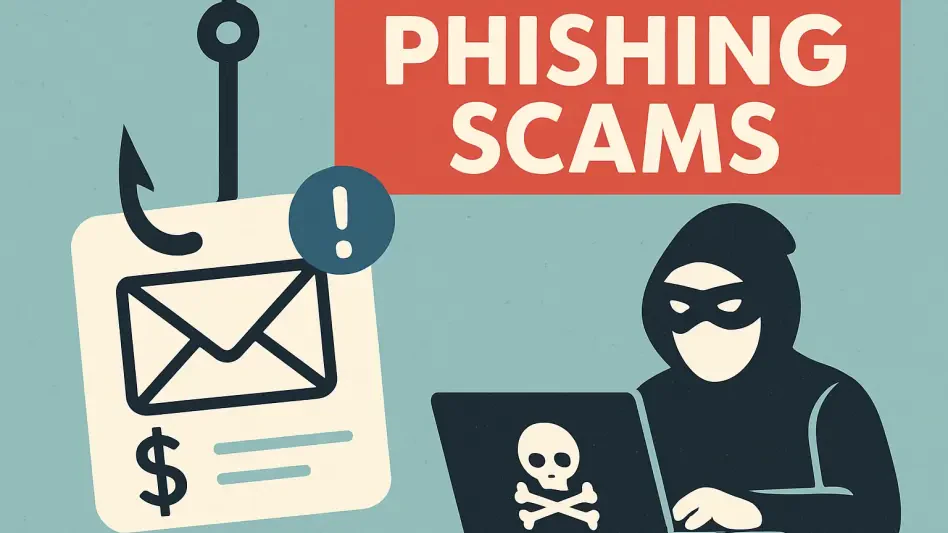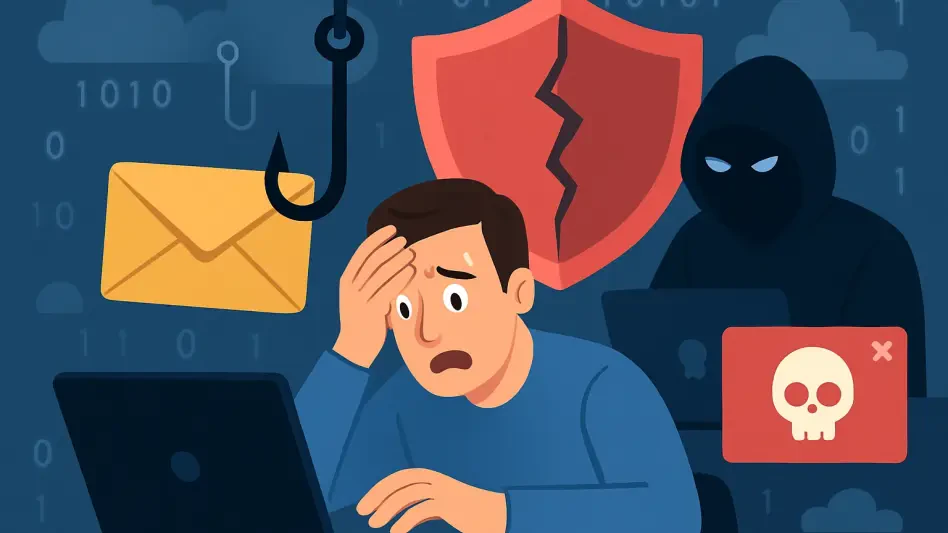Have you ever considered that the harmless image files you come across daily could be potential harborers of cyber threats? An emerging trend in the cyber domain suggests that the same SVG files, typically seen as innocuous graphics, are now being weaponized to facilitate elaborate phishing scams. Recent statistics reveal a significant uptick in SVG file-based attacks, proving their viability as a new frontier in cybersecurity breaches.
SVG Files: A Hidden Threat to Cybersecurity
The infiltration of SVG files into the realm of cyber threats signifies a shift in phishing dynamics. Unlike typical image formats, SVGs can carry JavaScript that executes harmful code when rendered in browsers. This ability to surreptitiously execute scripts transforms SVGs into powerful tools for deploying attacks covertly. Businesses, especially those with vast digital interfaces, find themselves vulnerable. The issue is not just the presence of these threats but the lack of preparedness in existing cybersecurity frameworks to address them effectively.
Understanding the Technique Behind SVG Phishing
Phishing actors have devised clever methods to exploit SVG files by embedding JavaScript that redirects users invisibly. This tactic is particularly insidious as it occurs within the browser environment, sidestepping traditional recognition methods used for executable files. Unlike conventional forms that rely on file downloads or macro-enabled documents, these SVG-based attacks operate with remarkable stealth. For example, B2B service providers and organizations with sensitive data have been prime targets, suffering silent breaches that evade standard detection measures.
Expert Insights: Exploring the Depths of SVG Vulnerabilities
Cybersecurity specialists warn of the complex vulnerabilities born from SVG vulnerabilities. According to recent findings, these image formats can circumvent ordinary protective layers. Businesses have recounted harrowing instances of breaches that exploited SVGs. Research further corroborates the rise in such phishing methodologies, highlighting a critical need for a reconsidered approach to digital defenses.
Proactive Defense: Guarding Against SVG-Based Threats
In response to the burgeoning threat posed by SVG phishing, experts advise businesses to adopt comprehensive protective strategies. Key measures include the blocklisting of script tags within SVG files and the enforcement of strict DMARC protocols. Companies are encouraged to incorporate advanced security features like Safe Links and Safe Attachments, paired with thorough user education, to bolster their defenses. Such proactive steps are essential to safeguard against these evolving cyber threats, creating a more resilient security architecture.
In the shifting landscape of cybersecurity, SVG files have introduced a new dimension to phishing tactics, broadly impacting businesses and organizations. This growing threat has highlighted the need for adaptive and robust security measures. By focusing on sophisticated defensive strategies and heightened awareness, the path can be forged toward a safer digital environment. Thus, the challenge remains for enterprises to remain vigilant and adaptive, ensuring they stay one step ahead of these silent predators.








